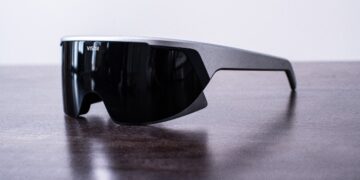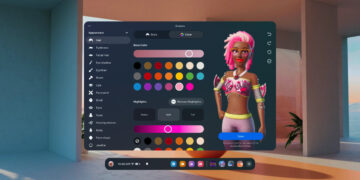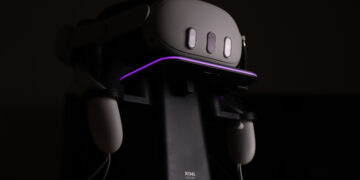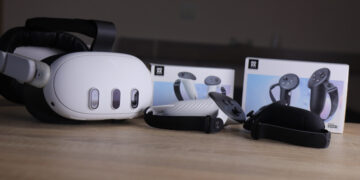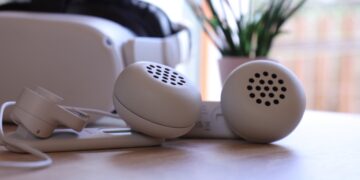Improvements For 3-year-old Quest 2 Just Cannot Stop – New Hand Tracking 2.2 lets you make super-fast movements
Meta has announced the v56 update, bringing significant improvements to Quest 2 and Pro Hand Tracking and introducing various new features. According to Meta’s blog, hand-tracking latency will see a 40% reduction in typical movement speed and up to 75% reduction with fast-paced hand movements.
The tracking quality of hands on Quest hardware has always been lacking. Due to the absence of a depth sensor, all software relied solely on the four cameras around the device. Despite that limitation, hand tracking was still impressive, with one major flaw being its inaccuracy during fast movements. However, according to Meta, this has changed dramatically.
Fast-paced movements will be much more responsive now, and to prove this, Meta has launched their VR hand-tracked fitness demo named “Move Fast.” In this demo, users will play a Beat Saber-like game, but instead of blocks and swords, they will throw punches at the targets. Additionally, users can also test the tracking in games like Litesport or VRWorkout.
Meta has also assured us that we can expect “even more [Hand Tracking] improvements to come as we launch Quest 3 later this year, providing an immersive interaction experience“, This is something we expected, considering the presence of a depth sensor on the device, which will improve hand tracking dramatically.
The other huge improvement that will come to Hand Tracking is the introduction of new experimental APIs, which will unlock simultaneous hands and controller tracking. This will likely become a common feature on Quest 3 when it comes out, as its controllers will rely mostly on cameras and depth sensor vision of our hands to establish the controllers’ position.
This feature is labeled as “experimental” for now, and it will be available only for Meta Quest Pro. It means that users will be able to play various games with only one controller when needed and use their second hand as an input method.












